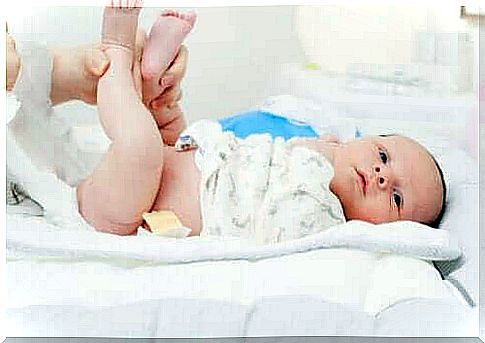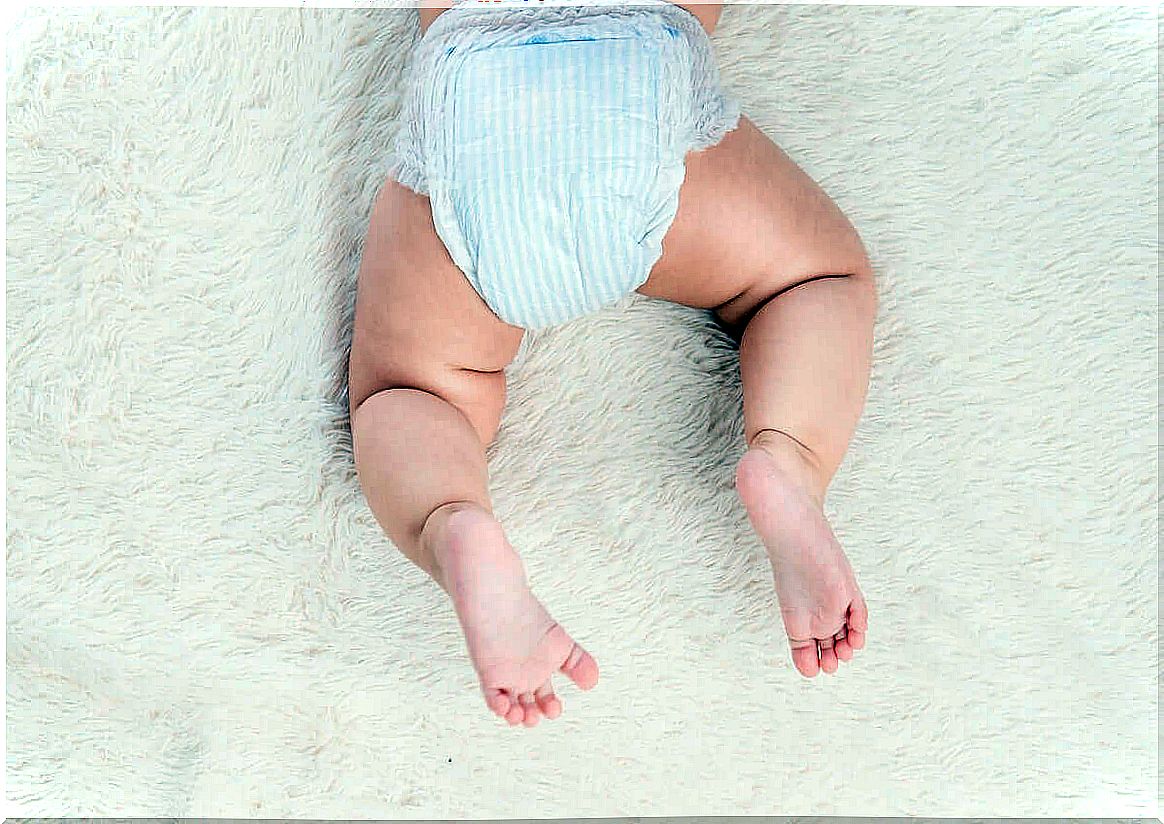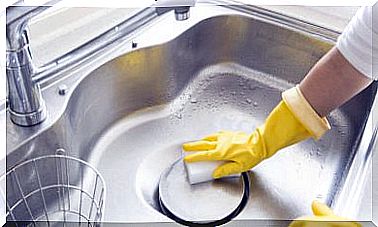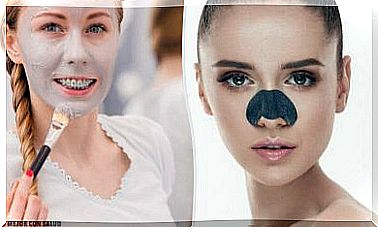Diaper Rash: Symptoms, Types, And Treatment
Diaper rash is a common dermatological problem in babies. Usually there are no complications, but the complaints are still bothersome. Find out today how you can prevent it.

The diaper rash is a common skin disease affecting many babies. These are minor ailments that can be alleviated with the right care. This skin disease is caused by inflammation of the skin in the diaper area caused by contact with the diaper.
An article published in the journal Pediatric Dermatology also states that in addition to friction, excessive hydration of the skin, altered pH levels, and other factors can play a role. The sore bottom is particularly common in the first year of life. Today you will learn interesting facts about the symptoms and the treatment of the gentle baby skin.
Symptoms of diaper rash
As mentioned earlier, diaper rash is inflammation of the skin in the diaper area. Babies have thinner skin that cannot protect itself well and is more prone to infection or irritation. Still, the most important factor in this condition is the diaper that covers the skin.
Symptoms depend on the severity and duration of the dermatitis. According to the La Sociedad Española de Pediatría Extrahospitalaria y Atención Primaria (Spanish Society for Out-of-Hospital Pediatrics and Primary Care), some of the clinical manifestations are:
- Itching of varying intensity
- Slight redness (in mild cases)
- Severe inflammation (bleeding may even occur in severe cases)
- The baby can change character due to significant irritation in the diaper area.

Causes of diaper rash
Diaper rash results from a combination of several factors, including increased moisture, prolonged exposure to urine or stool, and other irritants such as laundry detergents.
The second most common cause of diaper rash is infections, such as a yeast infection with Candida albicans. Similarly, other fungal diseases can also be responsible for the diaper rash:
- Dermatophytosis infection
- Malassezia yeast seborrheic eczema
- Pseudomycotic diseases such as erythrasma
Types of diaper rash
We then go into a little more detail about the different types of diaper rash, which are classified according to their cause.
Irritative contact dermatitis
This contact dermatitis is the most common form. It occurs through skin contact with urine and stool, especially if the diaper is changed too seldom. As a rule, however, healthy groin folds without skin changes are observed, as these areas have less contact with irritating substances.
To prevent discomfort, studies by the AEPED recommend regular cleaning of the diaper area. It is also important to dry the delicate baby skin gently but well. The diaper needs to be changed regularly.
Diaper thrush
Experts call diaper thrush an infection with the yeast Candida albicans. This can usually be recognized by the following symptoms:
- Bright red spots
- Shiny broken skin
- Well-defined lesions and wounds
- Impaired inguinal folds
Bacterial dermatitis
Bacterial dermatitis (impetigo) is relatively rare. However, bacteria such as staph and strep can cause diaper rash or make it worse. A bright red skin around the anus is characteristic of a streptococcal infection.
Allergic dermatitis
Babies with sensitive skin may develop some type of allergic reaction to a certain component of the diaper or cream. The most common allergens include the following:
- Gum or dye of the diaper
- Perfumes
- Preservatives in hygiene products
Is it possible to take preventive measures?
Treating a diaper rash has two main goals: to heal the damaged skin and to prevent the rash from reappearing. Below are some useful strategies to help you achieve this.
- Good hygiene is important to maintain skin integrity and prevent further deterioration. Exposure to irritants, such as urine and stool, can be reduced by frequent diaper changes and superabsorbent diapers, which prevent overhydration of the skin.
- Bath and clean the diaper area with a gentle, soap-free baby product and water.
- Pediatric Dermatology studies show that baby wipes do not harm the skin. Rather, the new formulations of these products contribute to a balanced pH value in the skin and can thus prevent or reduce discomfort.

Treatment of diaper rash
Regardless of the type of infection in the diaper area, it should be diagnosed and treated by a pediatrician or dermatologist. Appropriate treatment is given depending on the type of skin lesions and their distribution.
In the case of contact eczema, thorough hygiene and “bottomless” is recommended. You should allow as much air as possible on the baby’s bottom. The doctor can also recommend an ointment.
If you have a yeast infection, your dermatologist will usually prescribe an imidazole ointment. Corticosteroid ointments are completely contraindicated.
When to the doctor
If the above measures do not resolve the baby’s dermatitis, it is important to see a doctor who can initiate the correct treatment. If oozing, wounds, fever, or other clinical manifestations of a complication occur, you should also see a doctor immediately.
In most cases, diaper rash will improve with proper care and the avoidance of irritants. Even so, it makes sense to inform the pediatrician about the symptoms.









